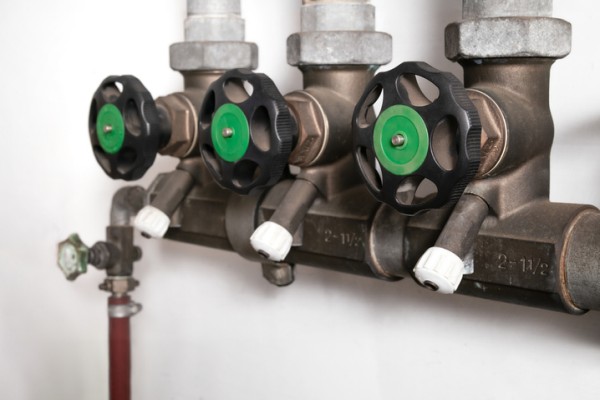Identifying backflow hazards and matching correct devices
Cross-connection control is not as hard as it first seems, but also not something that is naturally understood. Peter McLennan writes.
The backflow installer must be trained in the many aspects of cross-connection control so they can advise the customer and install the suitable backflow device for the hazard posed.
The part of this process that causes the most head-scratching is identifying the hazard posed by this connection and choosing which backflow preventer will mitigate that hazard so that the drinking water remains safe.
Plumbers are trained in basic hydraulics and backflow prevention in general and therefore have the necessary understanding of flow rates, pressure losses, whether it is for containment, zone or fixture protection, correct installation requirements, access for testing and maintenance, approved products and so on. But, and the big but, is how do I identify the hazard of the piece of equipment that is connected to the drinking water?
This can usually be easily identified, but there is a process to follow.
First, understand the hazard ratings as laid down in the AS/NZS 3500.1 Section 4. It states in Clause 4.3 Cross-connection hazard rating that cross-connections are rated using the following three degrees of hazard:
- High hazard — Any condition, device or practice that, in connection with the water supply system, has the potential to cause death.
- Medium hazard — Any condition, device or practice that, in connection with the water supply system, has the potential to endanger health.
- Low hazard — Any condition, device or practice that, in connection with the water supply system, constitutes a nuisance but does not endanger health or cause injury.
So, in layman’s terms, is the fluid/contaminant used in the piece of equipment connected to the drinking water likely to kill you, make you sick or just be a nuisance?
For example, let’s assume you have arrived on site to connect a new piece of cooking equipment. You have done your due diligence and identified that it requires and has WaterMark certification for installation in the drinking water supply.
Upon reading the material supplied with the equipment you see that it is self-cleaning using a proprietary chemical. The chemical is the type that prevents bacteria buildup in the equipment. You check the chemical container and look for hazardous information or the safety data sheet if included. You identify from the material that if consumed in high doses, it could cause long-term medical problems. So where does this sit on the hazard rating as outlined above? One would be justified to assess this chemical as a medium hazard as it has the potential to endanger health.
The next step is to identify which backflow prevention device is suitable for the hazard and the backflow risk.
Look again to AS/NZS 3500.1 Section 4. Table 4.4.1 lists all the approved types of backflow preventers and for which hazard rating they are suitable.
You need to understand what type of backflow (backsiphonage or backpressure) the device is designed to protect against and then it is a matter of choosing one from the ones listed in the table.
The final thing you need to know relates to the correct installation requirements and this is also covered in Clause 4.6 of AS/NZS 3500.1.
By following these basic steps, your chances of identifying the correct backflow preventer for the installation are increased.
But, if you are still not sure, talk to your local plumbing regulator or contact the Backflow Prevention Association of Australia for guidance on where you could find some more information.

